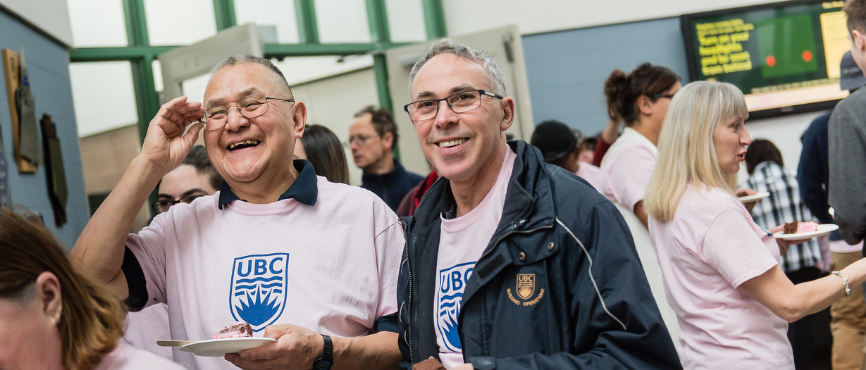
Here at the VPFO, we are committed to building equity, diversity, and inclusion within the portfolio. As our team becomes increasingly diverse, we strive to provide a culturally safe workplace, where staff can form respectful, professional relationships and engage in authentic conversations about challenging subjects.
Like most workplaces, UBC is an institution with hierarchies and power imbalances. While the notion of cultural safety emerged as a response to Indigenous people’s experience with health care inequalities in the 1980s, it also applies to the modern workplace.
What is cultural safety?
The concept of cultural safety grew from concerns about the health status of Maori peoples, who are the Indigenous people of New Zealand, and has been more broadly taken up in Canada since 2002.
Cultural safety is more than being aware of other cultures and respecting their people. It is an environment where people of diverse cultural and ethnic backgrounds can feel respected and safe —spiritually, socially, emotionally, and physically — from discrimination and denial of their identity and needs.
What is the process for achieving cultural safety?
Developing cultural safety is a journey that takes time and commitment. In order to achieve cultural safety, we must progress through five steps of awareness:
- Cultural awareness is the start of the journey, where we recognize that differences and similarities exist between cultures.
- Cultural sensitivity grows when we start to see the influences of our own culture and acknowledge that we have biases. With cultural awareness and sensitivity comes a responsibility to act respectfully.
- Cultural competency is about building an understanding of other cultures and developing practical skills for interacting in respectful ways with people who are different from ourselves. Cultural competency does not require us to become experts in other cultures but we are responsible for reducing the number of assumptions we make about people based on our biases – whether intentional or not.
- Cultural humility is the most important step towards working in a culturally safe way. It is a lifelong journey of learning and self-reflection. It involves recognizing the dynamics of power and privilege and being comfortable with not knowing everything. More importantly, it involves listening without judgment and being open to learn from and about others in order to develop mutual understanding, successful partnerships, and cultural safety.
Moving through cultural awareness, cultural sensitivity, and cultural competency through cultural humility, as individuals, and as an organization is one of the most effective ways to enable cultural safety.
How can you help foster a culturally safe workplace?
It takes time and commitment to create cultural safety in the workplace. As individuals, reflecting on your own practice is a critical aspect of achieving cultural safety in the workplace.
Now that you have a foundational understanding of the steps towards cultural safety. Consider these questions: Where are you along the continuum? What actions can you take to progress? Are you diligent in exercising self-reflection and critique?
When you interact with students, faculty, or team members, be open to engaging with others in an open, two-way dialogue and ensure that you do not diminish, demean, or disempower others through your actions. Ask yourself: What do you know about the people you work with? Do you understand and appreciate their culture and values? Have you thought about how these enhance your workplace?
Culturally safe practices are key to building an inclusive and welcoming workplace at UBC. As UBC works on EDI initiatives across the campus and VPFO accelerates on our EDI journey, we invite you to think about the role you can play in creating a safe and productive environment where we all can thrive to our full potential.
For information on the university’s framework for supporting collective action toward advancing inclusion, read the UBC Inclusion Action Plan. Below are more helpful resources: